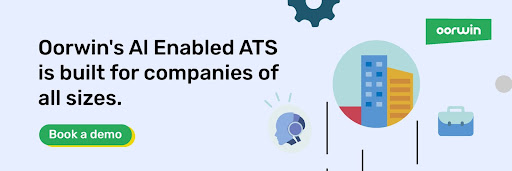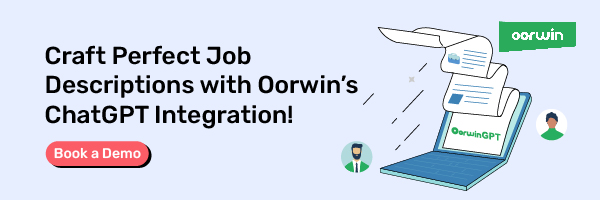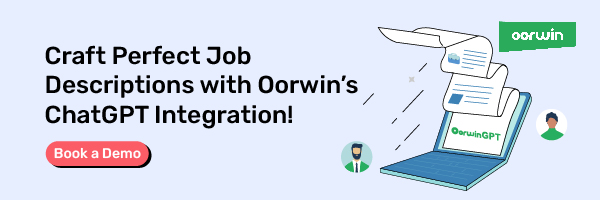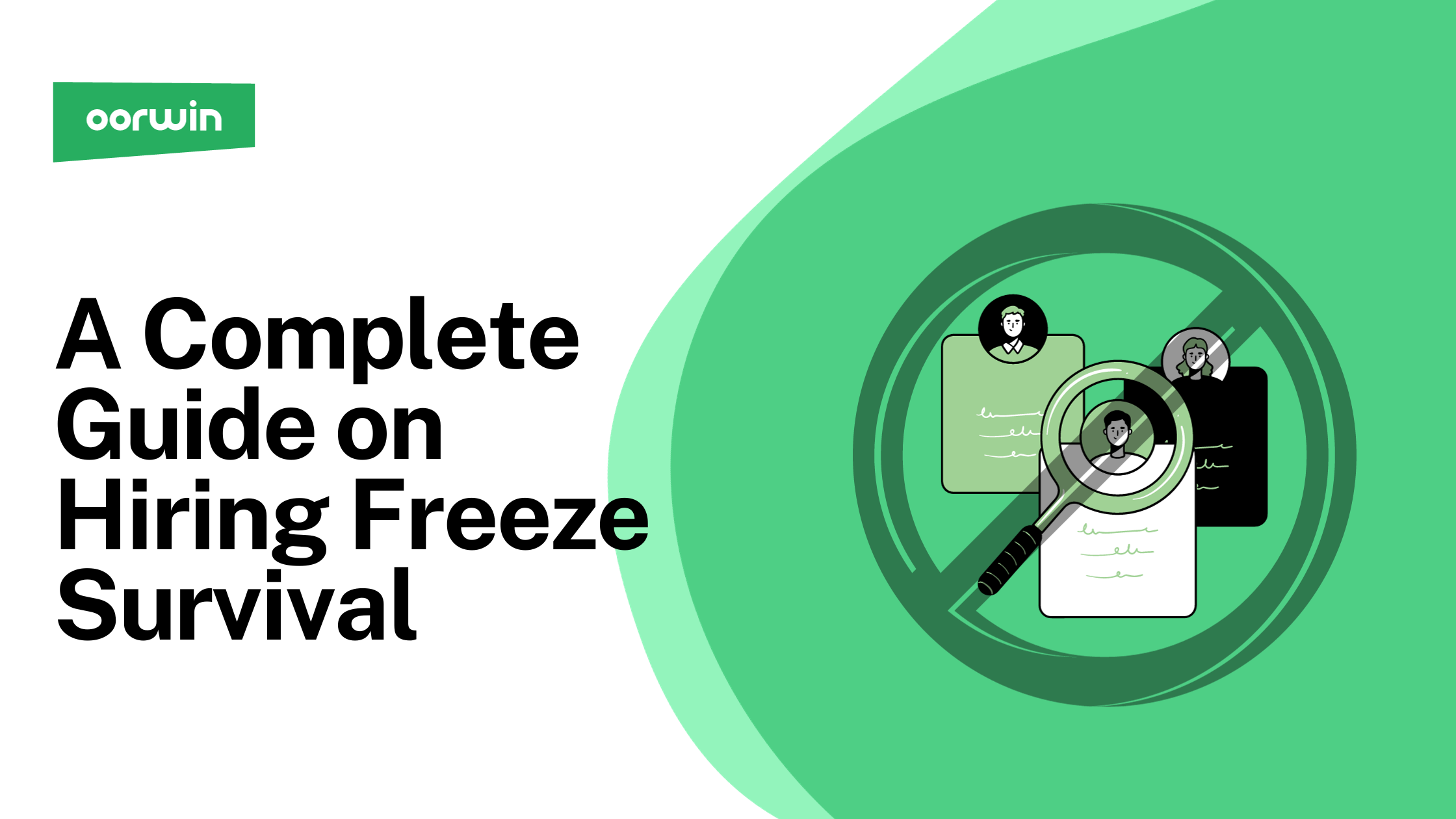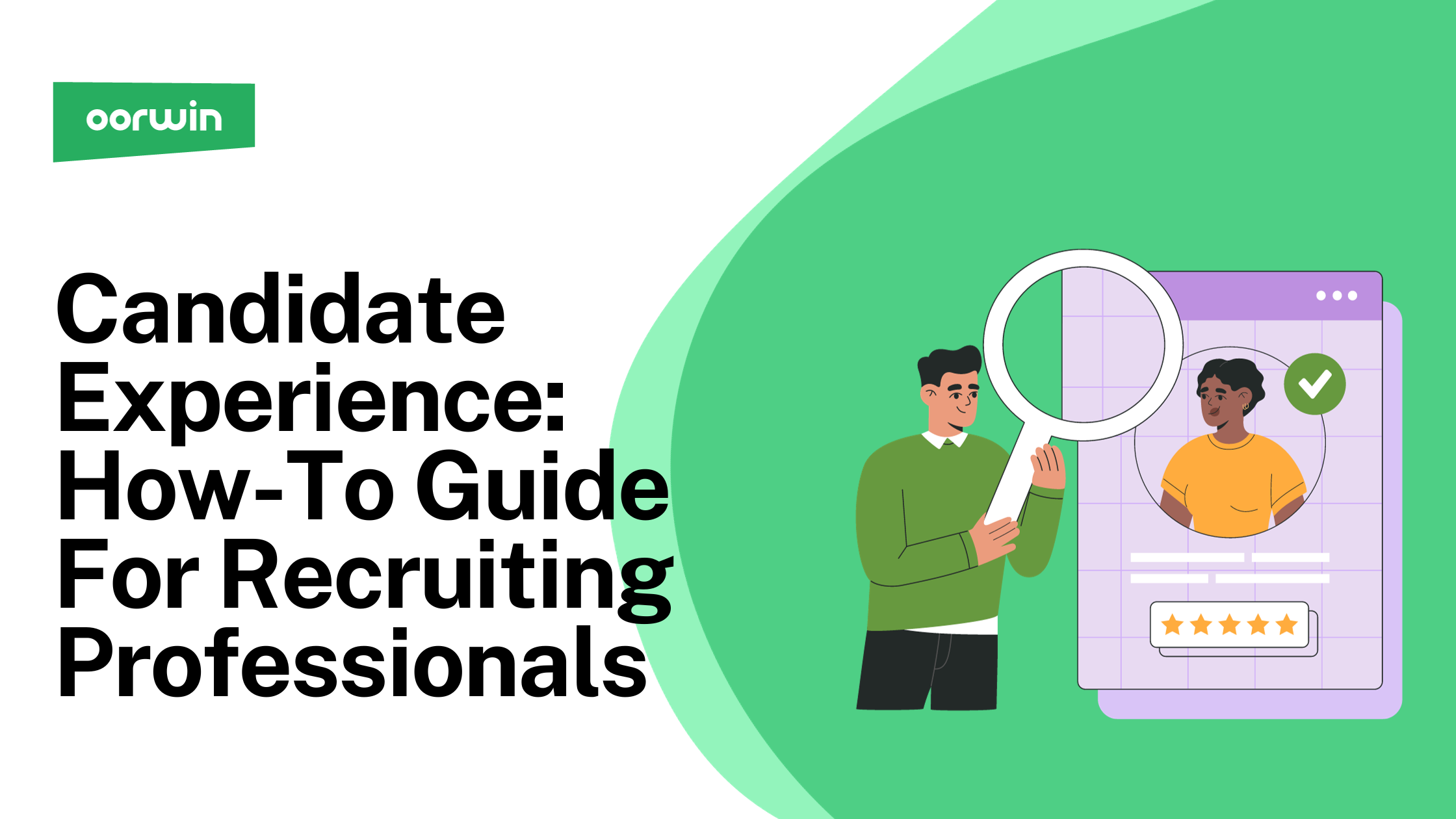Elevating the Recruitment Game: 10+ Vital Candidate Experience Statistics
Navigating the complexities of modern hiring requires a keen focus on candidate experience. These 10+ essential statistics reveal what drives successful recruitment today, offering key insights for organizations dedicated to attracting and retaining the best talent.
Understanding The Critical Role of Candidate Experience in Modern Hiring
Candidate experience holds a key role in the success of hiring strategies. It encompasses the entire journey of a candidate with your company, from job application to the final decision. How candidates perceive their interactions with your organization can greatly influence their decision to join or recommend your company. Positive experiences lead to higher acceptance rates and strengthen your employer brand, while negative experiences can repel potential talent and tarnish your company’s image. Prioritizing and enhancing candidate experience is essential for effective talent acquisition and building a strong employer reputation.
10+ Must Know Candidate Experience Stats Before Start Hiring
These statistics are not just numbers; they are insights that can reshape your hiring strategy. Understanding them is the first step toward a more effective candidate-centric recruitment process.
Stat 1: 70% Research Companies Before Applying – The Power of Employer Branding
A substantial 70% of job seekers take the time to research a company before applying, emphasizing the critical role of employer branding in the recruitment process. This trend suggests that a company’s online presence, reputation, and how it presents itself in the market significantly influence a candidate’s decision to apply. An effective employer branding strategy should include a well-maintained website, active and engaging social media profiles, and authentic employee testimonials. These elements work together to create a compelling image that attracts quality candidates.
Stat 2: 58% Decline Offers Due to Poor Experience – The Cost of Neglect
An alarming 58% (according to a survey conducted by CareerPlug in 2021) of candidates have turned down job offers due to negative experiences during the hiring process. This statistic highlights the direct impact of the candidate journey on recruitment outcomes. It underscores the importance of a respectful, transparent, and candidate-focused approach throughout the recruitment process. Companies must ensure that every interaction, from the initial application to the final interview, is handled carefully to avoid losing potential talent.
Stat 3: 32% Avoid Non-Diverse Companies – The Diversity Imperative
Approximately 32% of job seekers are deterred by companies that do not demonstrate a commitment to diversity. This statistic underlines the increasing importance of diversity and inclusion in the workplace. Organizations must develop and actively communicate their diversity policies and achievements. Creating and showcasing an inclusive culture can significantly impact an organization’s ability to attract a diverse talent pool.
Stat 4: 63% Dissatisfied with Post-Application Communication – Bridging the Communication Gap
A significant 63% of candidates express dissatisfaction with the communication they receive after submitting a job application. This statistic indicates a gap in many companies’ recruitment processes – the post-application phase. Timely and informative communication during this stage is crucial in maintaining candidate interest and trust. Companies should strive to provide regular updates and feedback to candidates, keeping them engaged and informed throughout the process.
Stat 5: Positive Experience Boosts Hire Quality by 70% – The Quality Connection
A positive candidate experience is linked to a 70% improvement in the quality of hires. This statistic demonstrates that a good recruitment experience does more than fill vacancies; it attracts higher-caliber candidates. A positive experience is characterized by clear communication, respect for the candidate’s time and effort, and a smooth, transparent process. Investing in these areas can significantly enhance the overall quality of new hires.
Stat 6: 60% Abandon Complex Applications – Simplifying the Application Process
Complex and lengthy application processes lead to a 60% drop-off rate. This statistic reveals the need for streamlined and user-friendly application procedures. Simplifying the application process, such as reducing the number of steps, asking for only essential information, and ensuring mobile compatibility, can greatly increase the completion rate and attract a broader range of applicants.
Stat 7: 83% Influenced by Interview Experiences – The Interview Impact
The interview experience is a decisive factor for 83% of candidates when considering a job offer. This highlights the importance of the interview process in shaping the candidate’s perception of the company. Interviews should be structured to be as informative and engaging as possible, providing candidates with a clear understanding of the role and the company culture while also allowing them to showcase their skills and experience.
Stat 8: 81% Expect a Two-Week Hiring Process – The Need for Speed
In the current job market, 81% of candidates expect the hiring process to be completed within two weeks. This expectation calls for a more efficient recruitment process. Companies must optimize their hiring stages, from screening to interviewing, to meet these expectations. Streamlining these processes meets candidate expectations and gives companies a competitive edge in securing top talent.
Stat 9: Only 42% Informed About Future Opportunities – The Follow-Up Factor
A mere 42% of candidates report being informed about future opportunities, indicating a need for more effective follow-up in many recruitment processes. Regular communication about future openings and ongoing engagement can enhance the candidate experience and build a talent pipeline for future needs. This approach demonstrates a company’s long-term interest in candidates, potentially increasing their willingness to engage with the company again.
Stat 10: 25% Prefer Live Video Interviews – The Rise of Remote Interviews
According to Forbes, there is a noticeable trend towards remote interviewing, as evidenced by 25% of candidates favoring live video interviews. This trend underscores the rising acceptance and convenience of digital interview technologies. It’s essential for companies to be prepared to provide and effectively execute live video interviews, guaranteeing a seamless and favorable experience for candidates. This proficiency is especially crucial in an environment increasingly characterized by remote work and digital interactions.
Stat 11: 65% of Millennials Prioritize Company Culture – The Generational Shift
Company culture is a top priority for 65% of millennials in the job market. This statistic indicates a significant shift in what younger generations value in a workplace. Millennials are looking for organizations where they can align with the culture and values. Companies should clearly communicate their culture, values, and work environment to attract this demographic, whose values align with their personal and professional goals.
Stat 12: Thoughtful Feedback Increases Consideration 4x – The Feedback Effect
Providing thoughtful feedback can quadruple a candidate’s consideration of your company. This statistic underscores the power of constructive feedback in the recruitment process. Feedback should be timely, specific, and useful, helping candidates understand their standing and areas for improvement. This practice enhances the candidate experience and builds a positive reputation for the company in the job market.
Integrating Stats into a Strategic Recruitment Approach
Incorporating these critical candidate experience statistics into your recruitment strategy is more than a best practice; it’s a necessity for staying competitive and effective in 2024. Each statistic offers a lens through which you can view and refine your hiring process, ensuring it aligns with the evolving expectations and needs of candidates. By understanding these insights, you position your organization not just to attract top talent, but to establish yourself as a preferred employer.
To effectively implement these insights, consider Oorwin’s comprehensive recruitment platform. Oorwin equips you with advanced tools and analytics to adapt these statistics into your hiring strategies, enhancing your recruitment process and solidifying your standing as an employer of choice in a dynamic job market.
FAQ
Why is candidate experience important statistics?
A good candidate experience boosts a company’s reputation and increases the likelihood of candidates accepting job offers.
What impact does technology have on candidate experience?
Technology simplifies the recruitment process, improves communication, and offers candidates a more engaging and efficient experience.
How Can Companies Improve Their Candidate Experience?
Companies can enhance candidate experience by maintaining clear communication, utilizing efficient technology, and offering personalized, respectful interactions during the hiring process.



